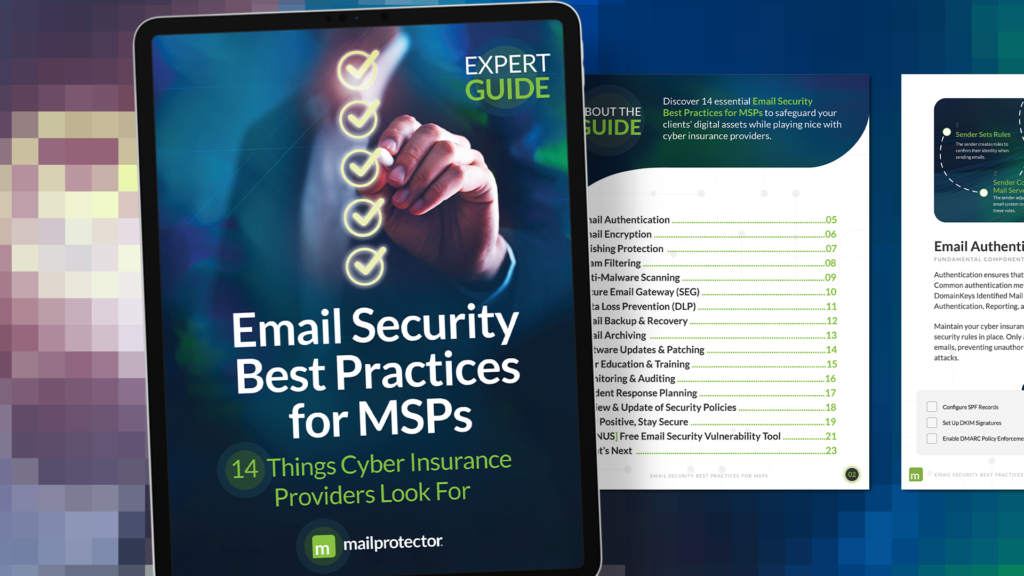Data breaches, phishing attacks, and ransomware ; in today’s business environment, these types of incidents have become the new norm. While most organizations are taking the initiative and implementing security tools, there is one key piece missing in many organizations’ cybersecurity strategies: the understanding of the human error factor.
People are one of the greatest threats to small business’ cybersecurity. According to an Oracle report, human error is the top cybersecurity concern for C-Suite executives with 95% of breaches attributed to the weakest link — employees. Sixty-six percent of data protection and privacy training professionals surveyed in an Experian research report listed staffers as the primary reason why it’s difficult to safeguard their organizations.
The changing business environment is making the management of employees increasingly important. For example, employees often bring their own devices into the office while others work remotely and use unsecured networks without company-recommended security tools.
Government regulations and industry standards also come into play; requiring many companies to implement specific security measures as well as routine awareness training. The increasing use of IoT devices, for both personal and business applications, increases cybersecurity vulnerabilities, making it necessary to implement tighter workplace policies for anything that connects to the internet.
Also, a lack of security knowledge leads to staffers making mistakes, such as using the same passwords repeatedly or relying solely on anti-virus software to protect them.
Many organizations focus on security tools that protect the perimeter, managing endpoints and patching systems. Unfortunately, they often forget to safeguard against the vulnerabilities caused by humans. Even when a company implements concrete security policies and procedures, the likelihood of every person following those protocols exactly is extremely slim.
All of this creates the perfect opportunity for criminals to gain access to sensitive data and assets. They understand how to exploit staffers — and then follow the path of least resistance.
So, what can businesses do differently to protect their information? Let’s explore three strategies that can minimize the risks associated with bad human behavior.
1. Email Security
One of the greatest risks to businesses comes in the form of an email — whether it be ransomware, phishing, or a business email compromise (BEC) scam. According to the SANS Cyber Security survey, 75% of impactful threats enter organizations via email attachments, and another 46% of attacks begin when someone clicks on a link in an inbound message. Those are critical reasons for implementing advanced email security solutions.
Simple anti-spam filters are not enough to keep clever hackers at bay — businesses also need to incorporate solutions that filter outbound email traffic to keep sensitive data from accidentally being sent via email. The right protection will better safeguard employees from malicious messages. Of course, no solution is bulletproof, and staffers should always prepare for the worst.
2. Awareness Training
According to IBM’s X-Force Threat Intelligence Index, negligent employees cause two-thirds of all security incidents. The most well-intentioned people will fall for phishing attacks or accidentally disclose information unless they undergo awareness training regularly. The smallest slip-up could cause noncompliance (and hefty fines) or embarrassing and potentially costly data loss. Employees must be well educated on current threats and undergo repeated training.
The first thing that staffers absolutely must understand is that IT personnel can only do so much — to have an effective cybersecurity strategy in place, every employee must contribute. Once they appreciate their important role in the protection equation, training can begin. Make sure to speak their language, highlighting how policies can benefit them as well as their company, so they don’t think of these programs as a hindrance. Engage employees with gamification, quizzes, questionnaires, multimedia, and hands-on activities to maintain interest and build knowledge.
The repercussions of a small mistake can become enormous. Stay positive because scare tactics will only go so far and may leave staffers feeling hopeless.
3. Encryption
At times, there is no choice but to send sensitive information via email, from corporate data to legal documents. In these cases, encryption can ensure that only the intended audience receives their messages, but no one will intercept them in transport. With easy to use protections like the Mailprotector Bracket encryption program, employees don’t have to worry about outbound email security. That delivery solution ensures data protection by using expiring, one-time-use links that prevent unauthorized access to sensitive information.
A People-Centric Strategy
Cybersecurity is not an easy fix. Not only should your clients by utilizing the right solutions in their businesses, but they must adopt a more people-centric strategy to negate the risks associated with unaware employees.
They must learn to adapt to changing threats and take a more proactive approach to secure their systems, people, and customers. When your clients understand the current threat landscape and can better prepare their staff for the inevitable, their security posture will greatly improve.

















